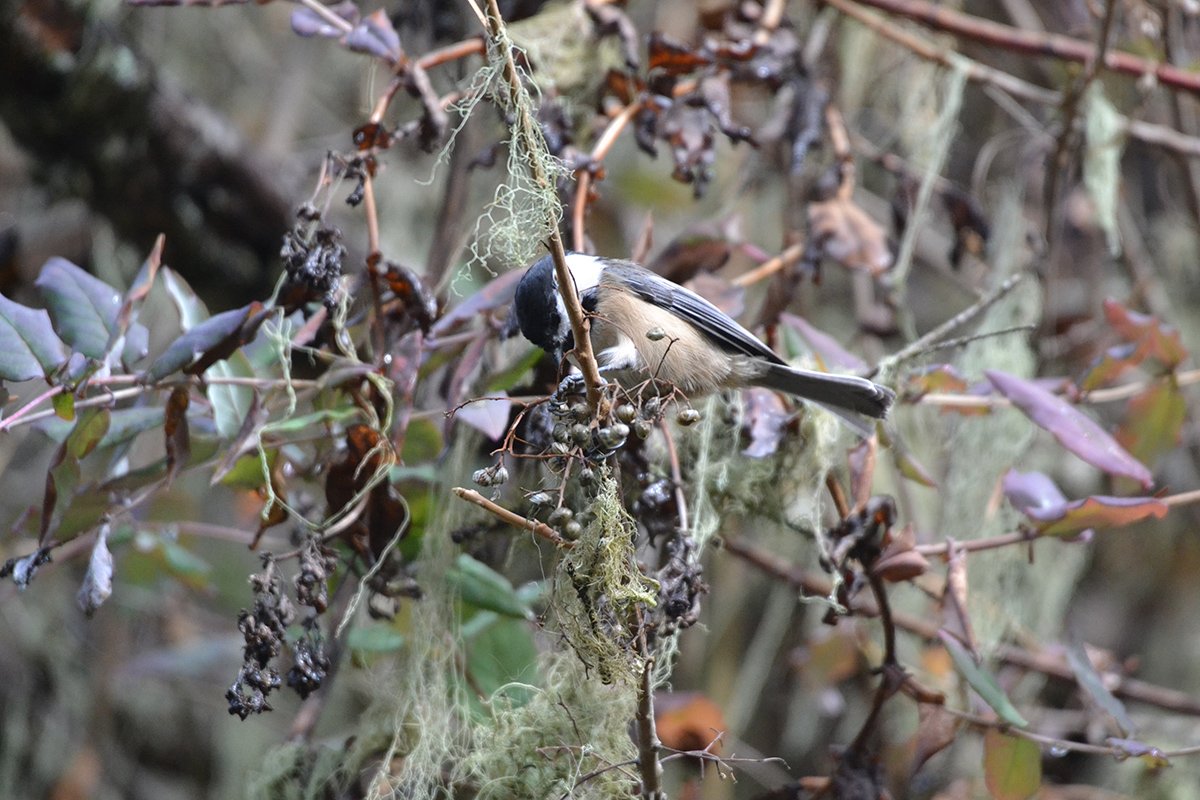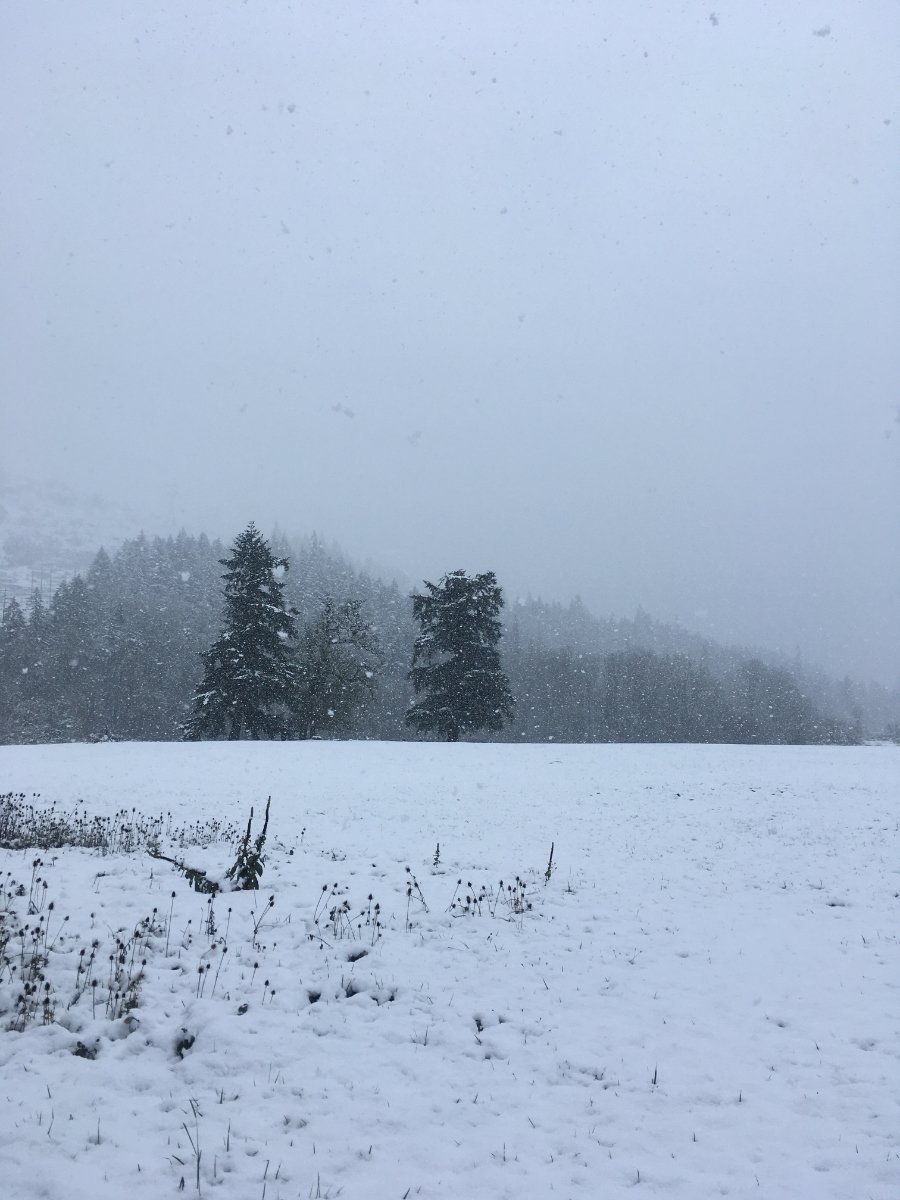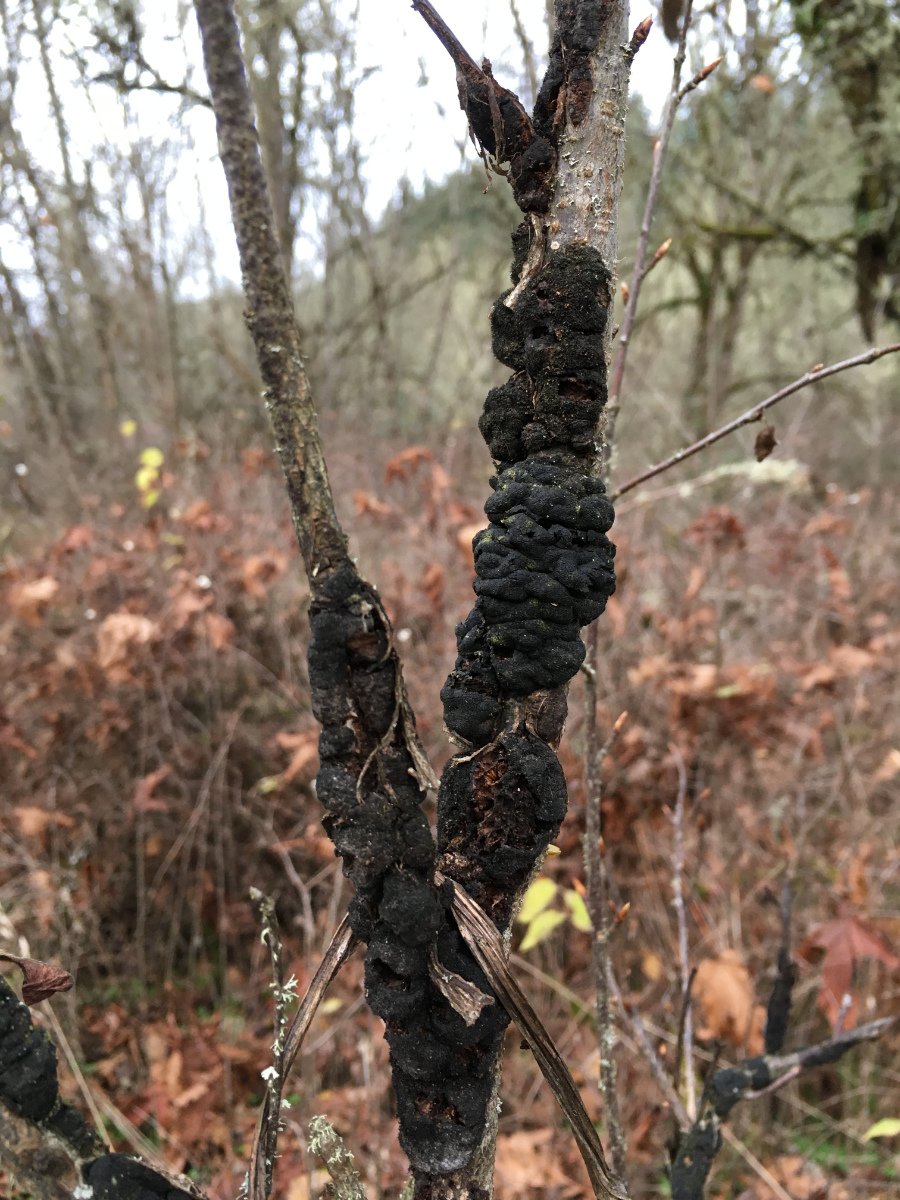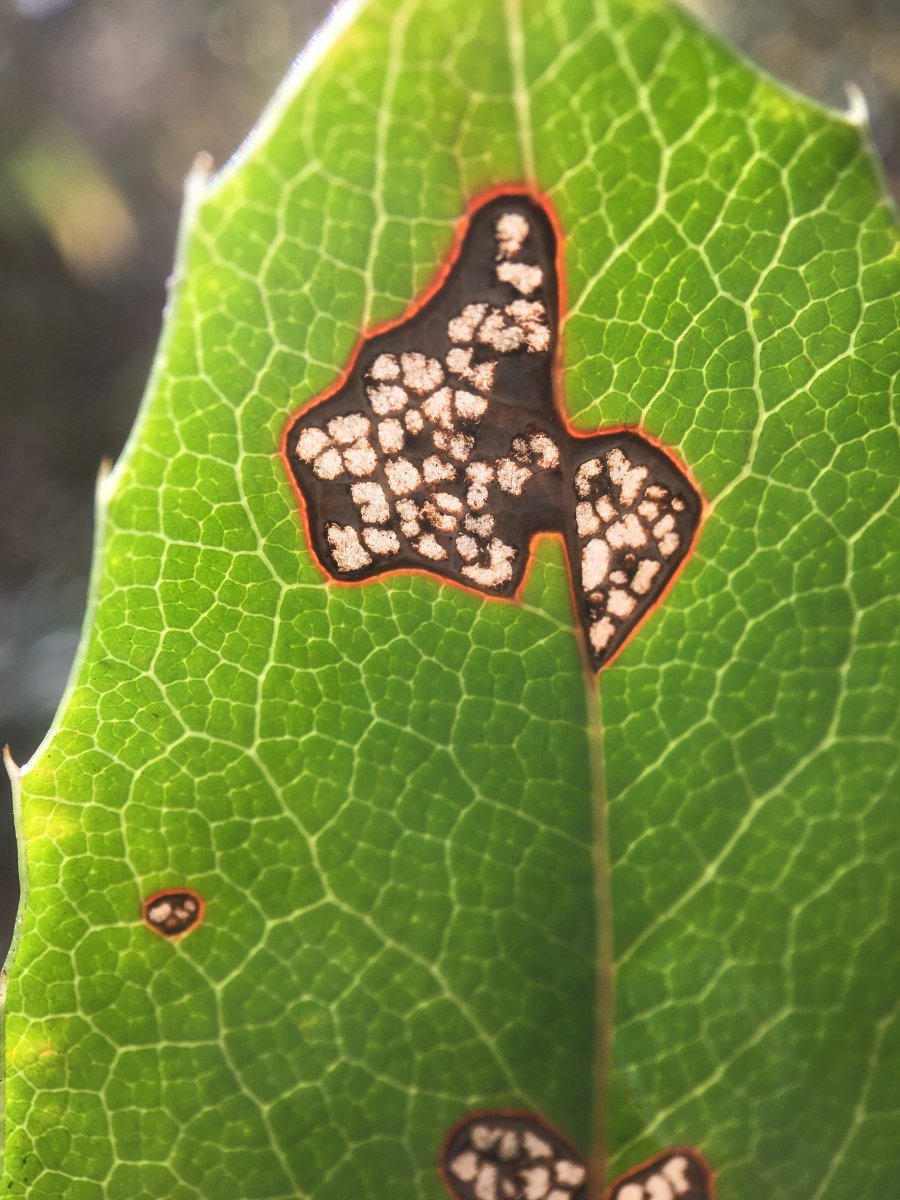As I was walking around today, I saw that some of the poison oak berries are still lingering around.
I realized that I had started writing this post about a month ago, and somehow it got buried under a pile of other ideas.
During the fall when I took this photo, I frequently saw chickadees foraging poison oak berries. Supposedly their are a number of different birds that eat the berries, but I only have observed chickadees consuming them. I will see juncos on the ground around thickets of poison oak shrubs, but I am unable to see if they are eating the berries that have fallen on the ground.
I read in a few places that the berries are full of important nutrients for birds, but there weren’t any specific vitamins, minerals, etc. listed. I’m sure that they at least provide a source of energy, because the action-packed chickadee will know what is best for fueling its motor to keep it zipping around the landscape.
The chickadees appetite for poison oak berries has an unfortunate consequence, especially for people like me who are quite allergic to the plant. The seeds can be spread throughout the landscape as they pass through the chickadee’s digestive system.




































































